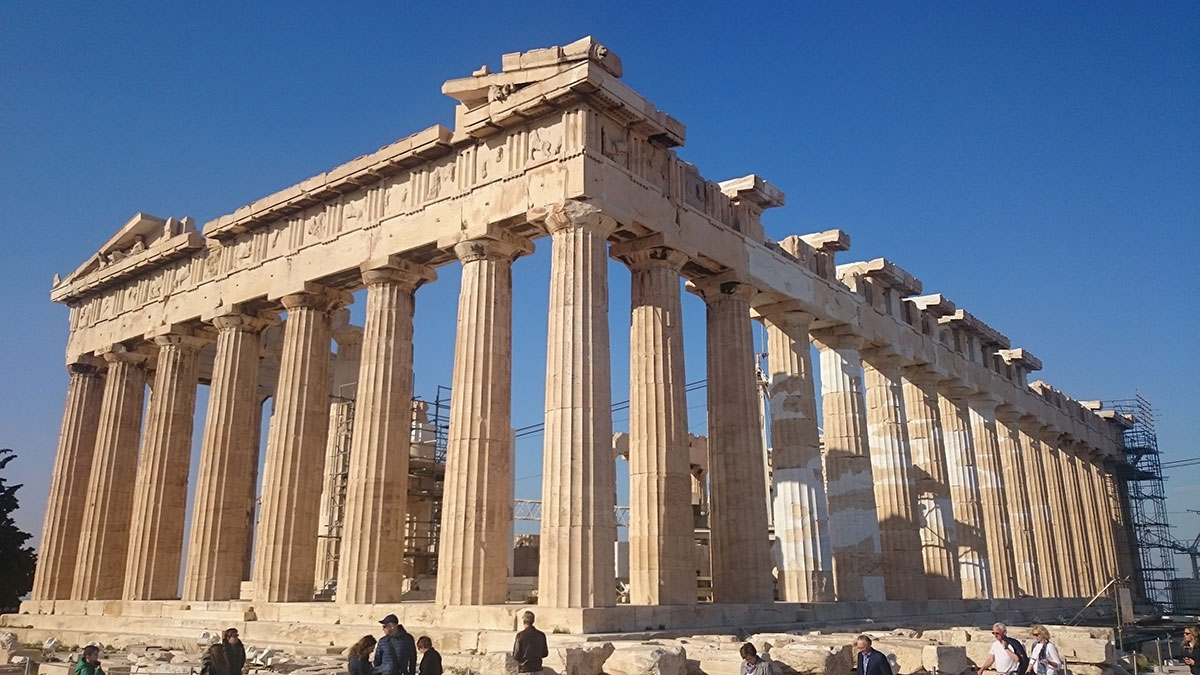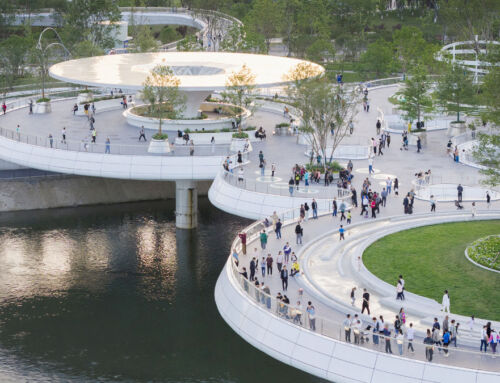Le Corbusier, the influential 20th century architect, defined architecture as “the masterly, correct and magnificent play of volumes brought together in light”. His statement underlines the essential link between architecture and natural light, constant since the first shelters, in the design of the great monuments of antiquity, or in the design of the most modern buildings. But let’s start at the beginning…
In prehistoric times, the natural openings of caves served as a means of bringing in sunlight. Then, with the development of Neolithic constructions, natural light was used for symbolic purposes. The megalithic monument of Stonehenge aligns itself with astronomical phenomena and uses sunlight to mark seasons and agricultural cycles. In this case, architecture allies itself with the sun with ceremonial and practical intent.
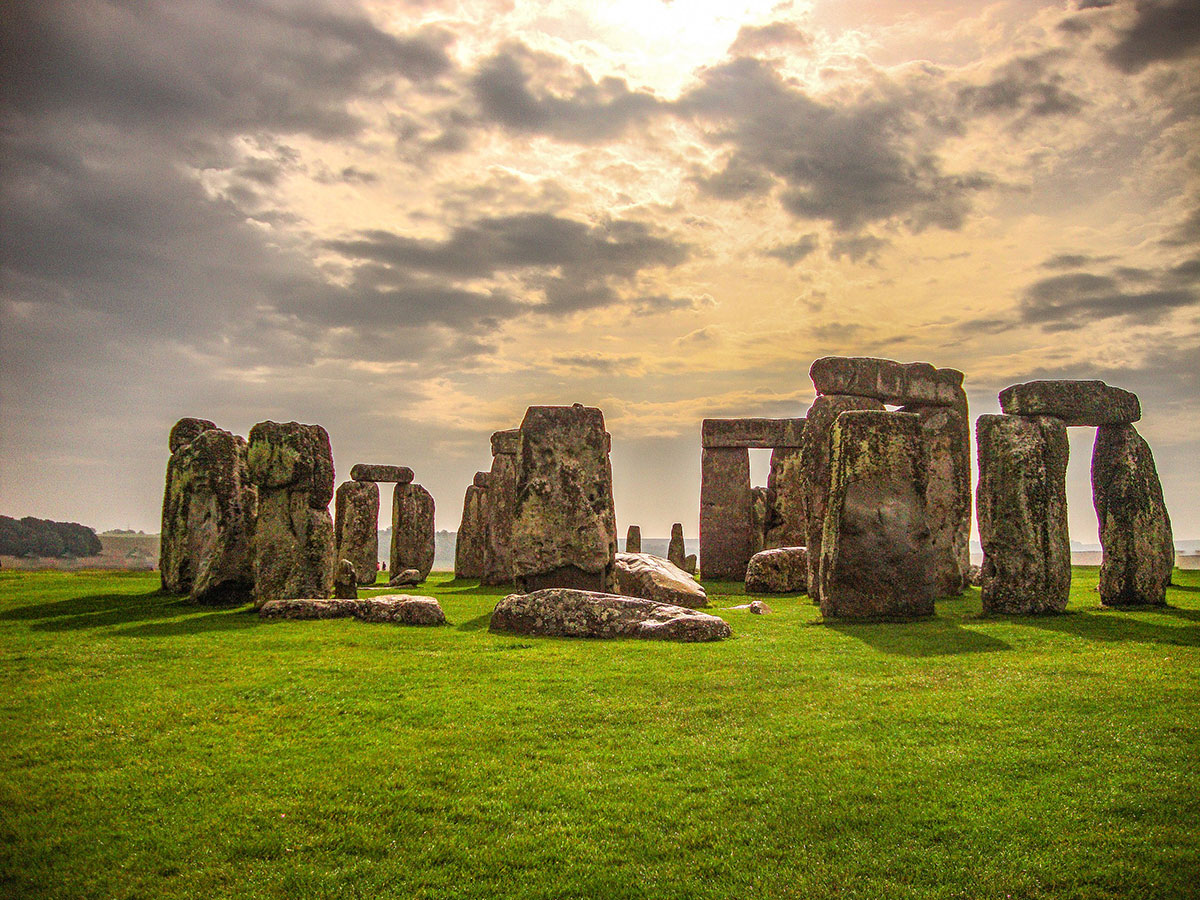
Udit Kapoor | CC BY-SA 4.0 | Wikimedia
In Ancient Egypt, light takes on a spiritual character. Temples and tombs, designed with mathematical precision, use narrow openings to channel sunlight to specific points, symbolising the connection between the pharaohs and the gods. The temple at Abu Simbel is an extraordinary example of this: light only illuminates the statues inside twice a year. As for the dwellings, the central courtyards provided natural light and ventilation to ensure a habitable environment in the hot, arid conditions of the desert.
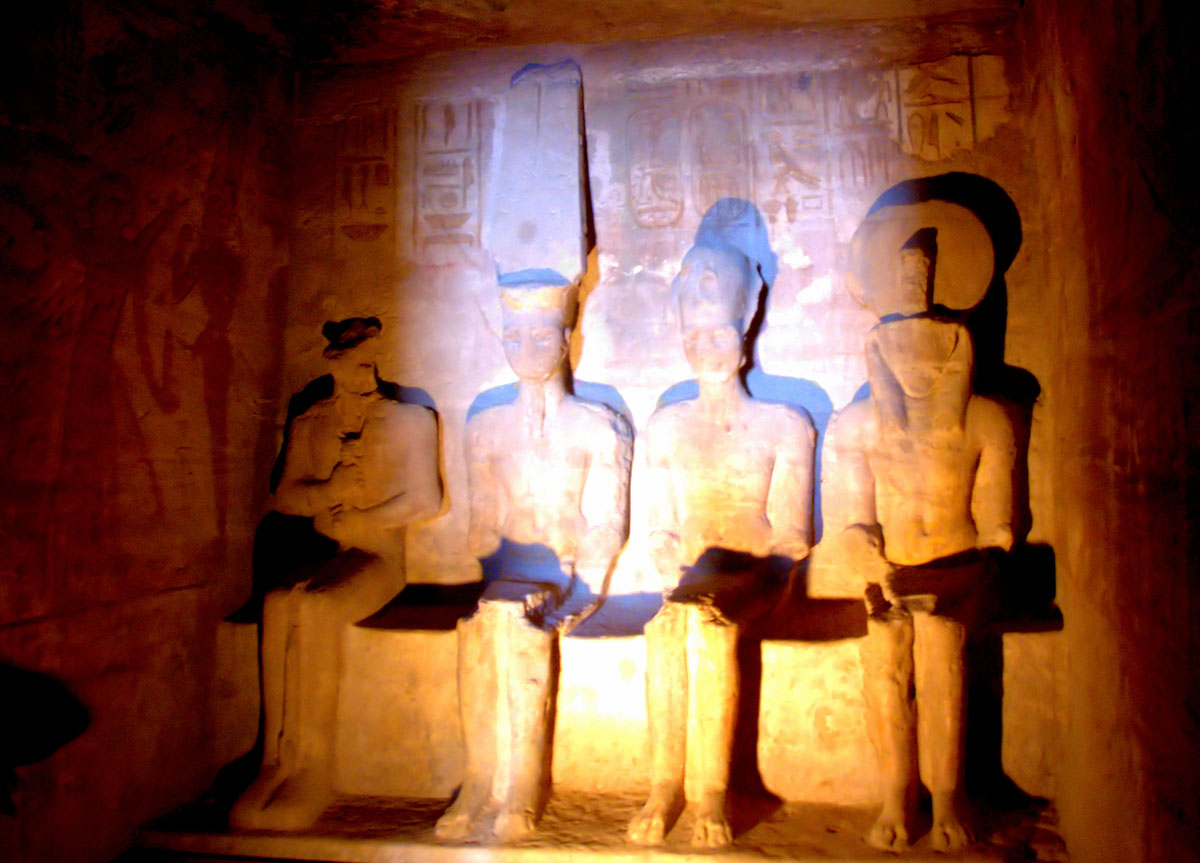
Javier Martin Espartosa | CC BY-NC-SA 2.0 | Flickr
Classical Greek and Roman architecture took the use of natural light to a new sophistication. Greek temple design was based on an advanced knowledge of daylighting; columns and courtyards filtered light to enhance the perception of space. The Romans, for their part, perfected skylights and windows in baths and basilicas. The oculus of the Pantheon not only pours natural light into the interior to this day, but also creates a dramatic and symbolic effect of monumentality and celestial ascent.
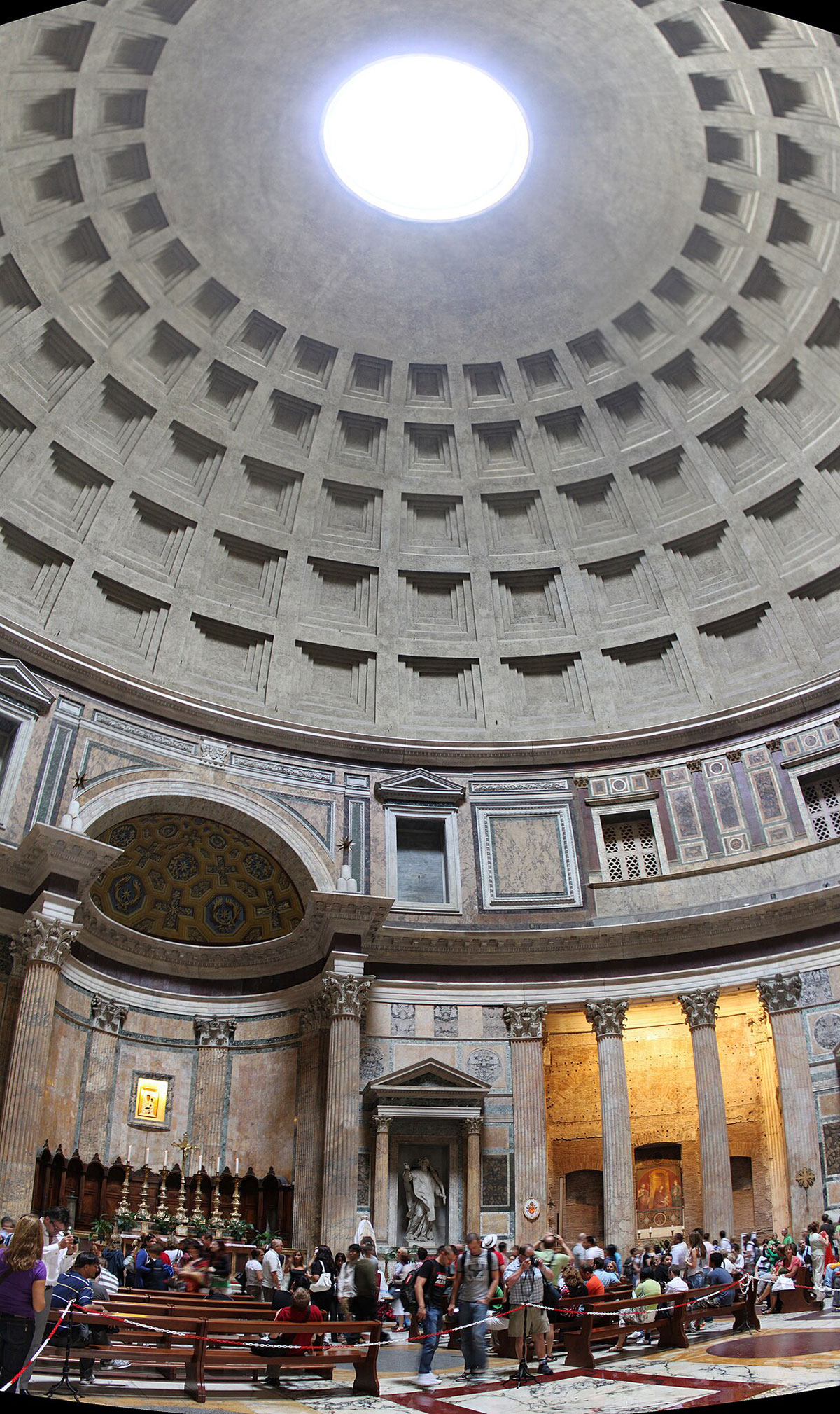
Juan Francisco Adame Lorite | CC BY 3.0 | Wikimedia
Today, architects are constantly exploring the possibilities of light in combination with the latest technologies. Le Corbusier’s definition is still valid today: architecture is still a play of volumes and light.
By Guillermo Ferrer, Senior Architect at Amusement Logic’s Architecture Department
Header image: Spyros Kamilalis | CC BY-NC-SA 4.0 | worldhistory.org


